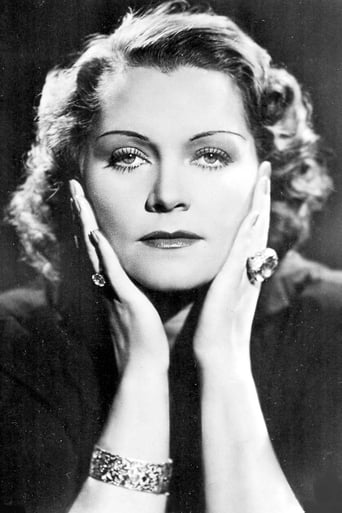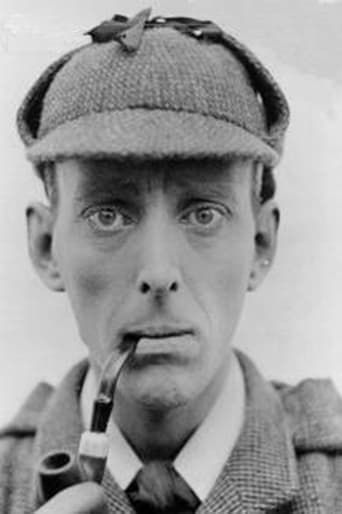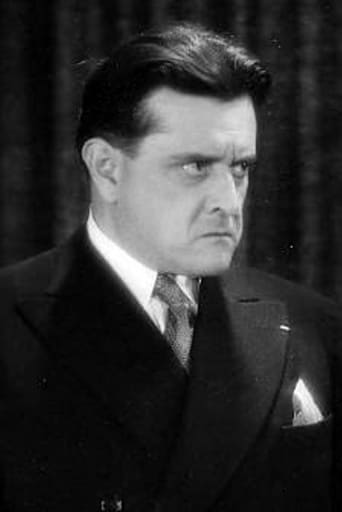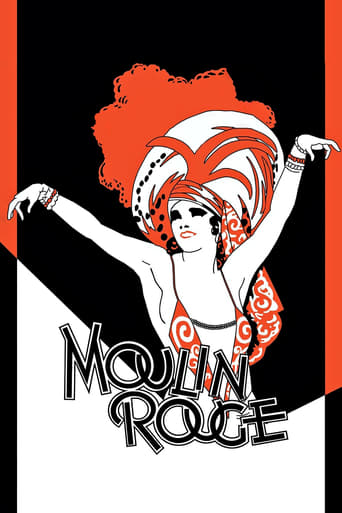
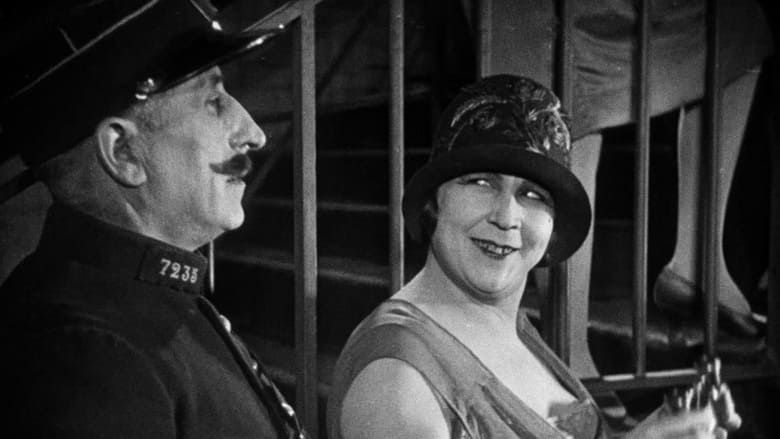
Moulin Rouge (1928)
An odd and tightly directed tale of a singer/dancer at the Moulin Rouge, who meets her daughter's fiance, only to have him fall obsessively in love with her and she with him. Alienation, betrayal and near tragedy result.
Watch Trailer
Cast


Reviews
So much average
it is finally so absorbing because it plays like a lyrical road odyssey that’s also a detective story.
The plot isn't so bad, but the pace of storytelling is too slow which makes people bored. Certain moments are so obvious and unnecessary for the main plot. I would've fast-forwarded those moments if it was an online streaming. The ending looks like implying a sequel, not sure if this movie will get one
All of these films share one commonality, that being a kind of emotional center that humanizes a cast of monsters.
Paris's iconic Moulin Rouge has proved an inspiration to many filmmakers down the years, including the likes of Jean Renoir, Baz Luhrmann and Woody Allen, who were all clearly fascinated by the venue's vibrant cabaret act and reputation as the home of the modern can-can. You would have to go all the way back to 1928 to witness one of cinema's earliest (if not the earliest) brush with the Moulin Rouge, although the scenes of the dancing girls bare little resemblance to the famous hangout. German-born director Ewald Andre Dupont made films in both Hollywood and London, and is perhaps best known for Variete and Piccadilly, but he also made this little-seen melodrama, filmed at Elstreet Studios, in 1928.The star attraction at the city's most popular hangout is undoubtedly Parysia (Olga Tschechowa), a striking lady who performs to an adoring crowd on a nightly basis, dazzling the audience with songs, dances and shakes of her feathers. She is over the moon when she receives a letter from her daughter Margaret (Eve Gray) announcing her pending arrival. Parysia hasn't seen her child for a few years since she left for boarding school, and she's all grown up with a new man at her side. That man is Andre (Jean Bradin), who believes that he's met the perfect partner until he witnesses his future mother-in-law's stage performance for the first time. Andre falls in love, and declares his feelings to the shocked Parysia, who is determined to see her daughter happy by setting off to persuade Andre's stern, rich father than Margaret is worthy, despite his distaste for the goings-on at the Moulin Rouge.Dupont's forgotten silent is a strange beast. It is essentially a rather relentless melodrama with little insight into human behaviour, which climaxes with a breathtaking high-speed car chase that would put many modern-day blockbusters to shame. At the film's centre is the odd love triangle between mother, daughter and a handsome charmer, but Dupont ignores the fact that Parysia would realistically want her offspring as far away from this letch as soon as possible once he declares his undying love for the mother of his fiancee. For a movie entitled Moulin Rouge, there's very little of what the venue is best known for, aside from a bit of uncomfortable black-face. From a technical standpoint, it is absolutely wonderful, with the director making full use of his leading star with close-ups and effective camera movements. Tschechowa is a legend of silent cinema, and it isn't difficult to understand why she was courted by the likes of Adolf Hitler and Joseph Stalin. For the most part, this is pretty dull stuff, but the climax will leave you breathless and hugely impressed.
It is many years since I had watched my video of this film so I played it this afternoon.Directed by DuPont in his British period.He is most known here for the ludicrous pauses in the dialogue of Atlantic.I would certainly agree with one of the reviewers who commented on the totally daft plot.After all why would a mother want a daughter to marry a man who was lusting after her.So far as the cinematography is concerned,this brings into focus the strange face makeup of the actors.Their upper eyelids are darkened and their eyebrows marked in very boldly.Is this part of the expressionist style or is it because of problems with the film stock used ?
I watched the Grapevine video edition of Moulin Rouge, and their old tapes are not particularly known for excellent video transfers or scores. However after about the first 15 minutes, in which we are treated to some rather frenzied nightlife location shots in Paris, the main characters are finally introduced and the action quickly gets steamy, thanks in no small part to the chemistry between Olga Tschechowa and the male lead, Jean Bradin, which is immediate and compelling.The story involves a love triangle between mother - daughter - prospective son-in-law. The daughter (Eve Gray) never seems to realize that her fiancée has the hots for her own mother. The audience keeps waiting for the light bulb to go off in her head, but she just charges ahead, completely trusting in her mother and young lover, with dangerous consequences.Olga Tschechowa (a paramour of Adolph Hitler) struck me very much as almost a carbon copy in looks and acting mannerisms to Pola Negri. In fact I kept visualizing Pola in this role as a I watched Olga. Olga was just as good an actress as Pola; every scene she is in your eye gravitates to her first. Effective use of close-ups and intelligent discourse between the characters, reflected in the title cards, adds to the pleasure of this sultry concoction. If you are into romantic foreign silent films this version of Moulin Rouge will prove enjoyable to you.
Ewald Dupont's final silent effort is one of his best combining firmly controlled direction and editing, highly stylized and innovative camerawork by Werner Brandes, along with a magnificent performance by the female lead, the great German actress Olga Tschechowa. Filmed in part at the Lido De Paris during an international review, the film is valuable to any who are deeply interested in social and cultural history as the Parisian scenes are fascinating and blend seamlessly with the scenario, which relates of a young French nobleman's erotic fascination for an actress, the mother of his betrothed. Although the plot is essentially melodrama, we are never far from the perception of reality, as Dupont does not permit whim to his actors, with the result that each glance and movement, if edited away, would reduce the effect of the story's progression. Cinematographer Brandes makes correct use of the Stanislavsky trained Tschechowa's striking features, since she is the linchpin of the film's considerable energy, although even the small roles in MOULIN ROUGE are handled in more than creditable fashion.


